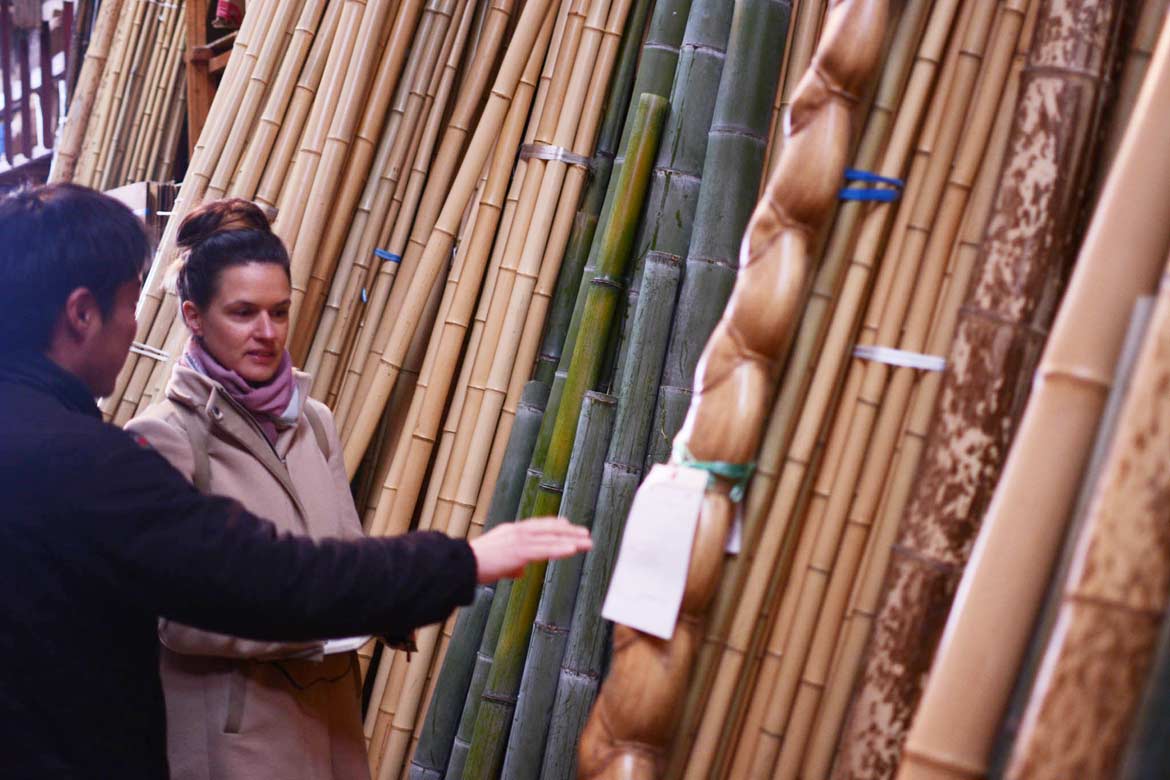Last month, Birgit and Guillaume started an artist residency in Kyoto. Until now, their Year of the Wild Boar was full of discoveries and encounters with many new and wonderful people.
Thanks to NION Co-founder Naho, we were able to experience Japanese family life and new year’s traditions when visiting her hometown close to Kamakura. Besides the wonderful homemade food, inspiring conversations, beautiful sunsets at the beach and peaceful mountain hikes, small things such as taking a bath before going to sleep ‘like a Japanese’ stayed in our minds. Due to Naho’s openness we were able to get a glimpse into the daily life of Japanese people and to learn through interactions and observations.
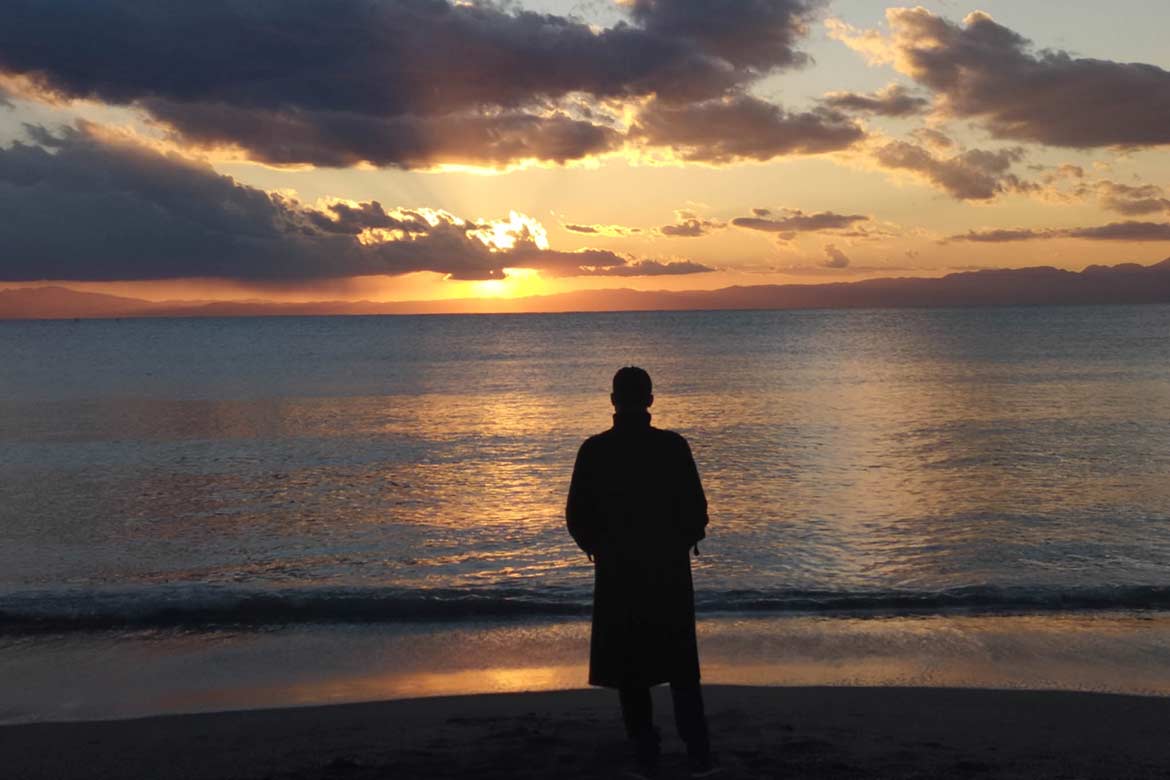
From Kanagawa Prefecture we made our way to Kyoto where Feilang welcomed us. She is working for RELEASE, an organization focusing on “social design innovations” that is also related to TRAFFFIC, whose owner Mitsuyasu Okamura we met at NION Base in November.
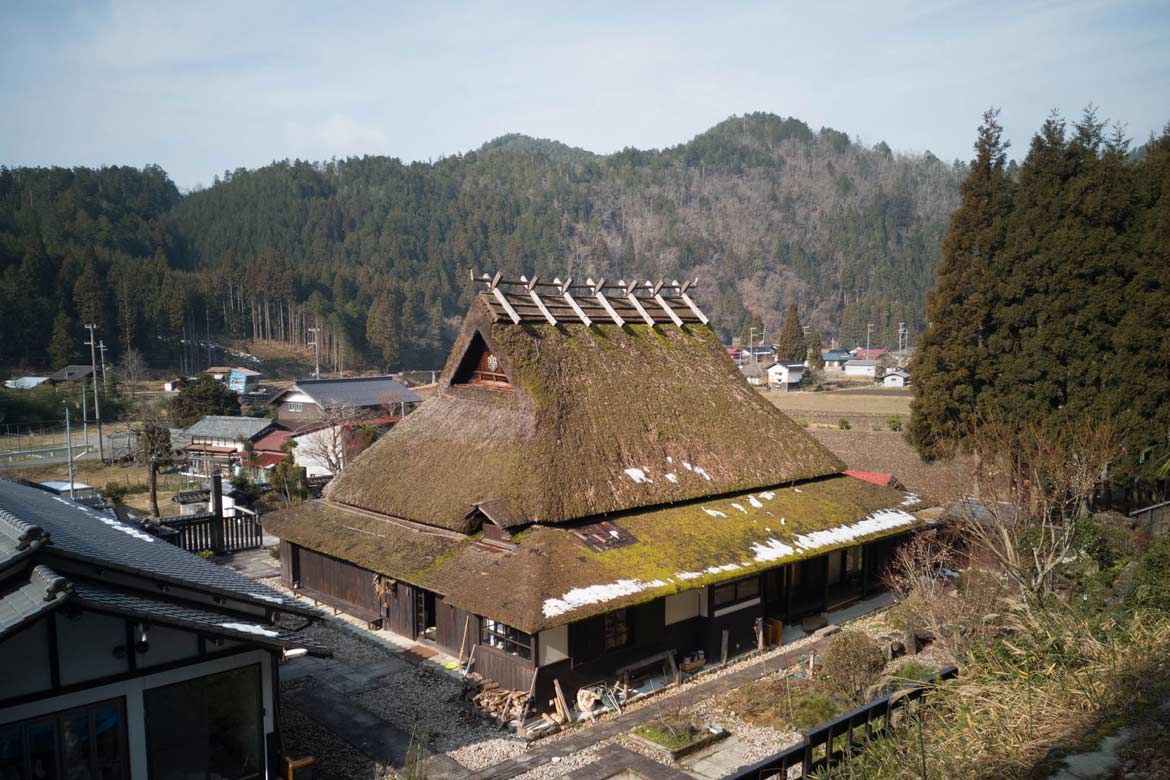
Feilang lives in Keihoku, about an hour trip from Kyoto, in a minka, a traditional Japanese house with a thatched roof. Upon arrival she explained to us the layout of the house with its open fire place in the center of the living room and how the smoke protects the roof from moisture and insects. The feeling inside is very special: the architecture allows you to live with the changing seasons and with nature. Rather than being surrounded by walls, it feels like being part of the architecture, breathing with it.
Later, Feilang took us on a walk to the Joshoko-ji Zen Temple. This gorgeous place is situated in the middle of a historically preserved Zen garden, particularly famous for its blossoming cherry trees, but even in winter its impression was stunning.
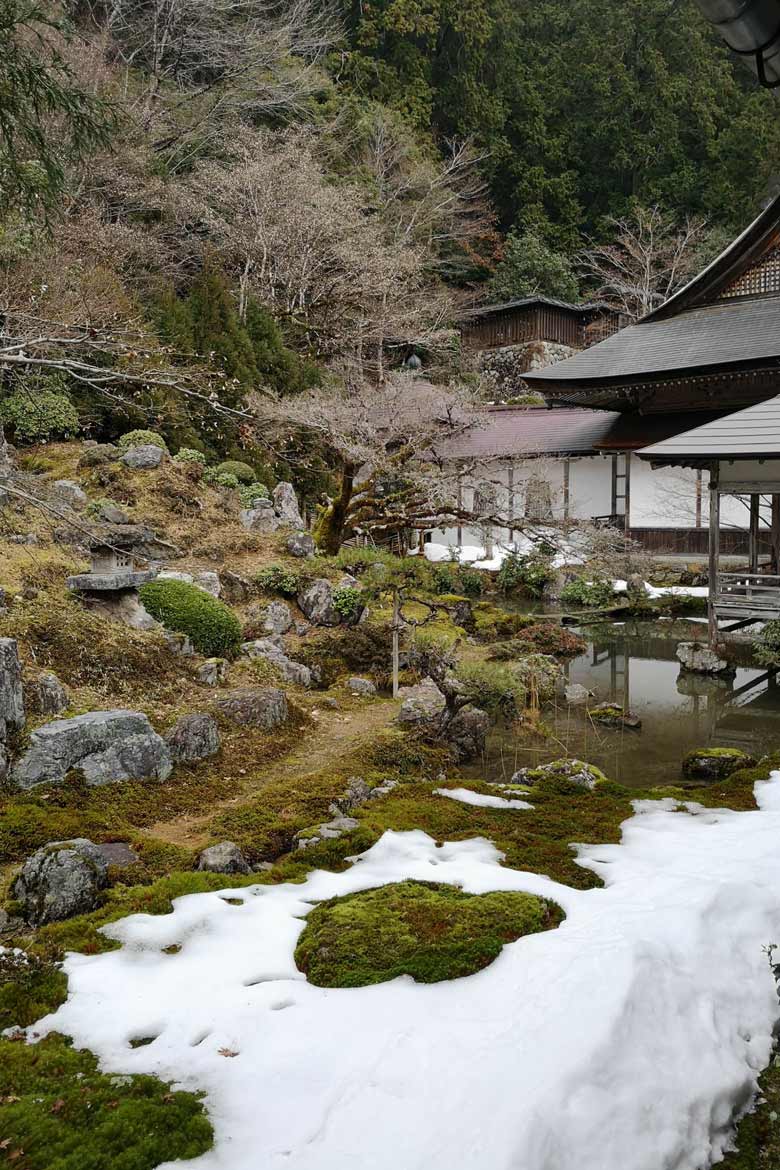
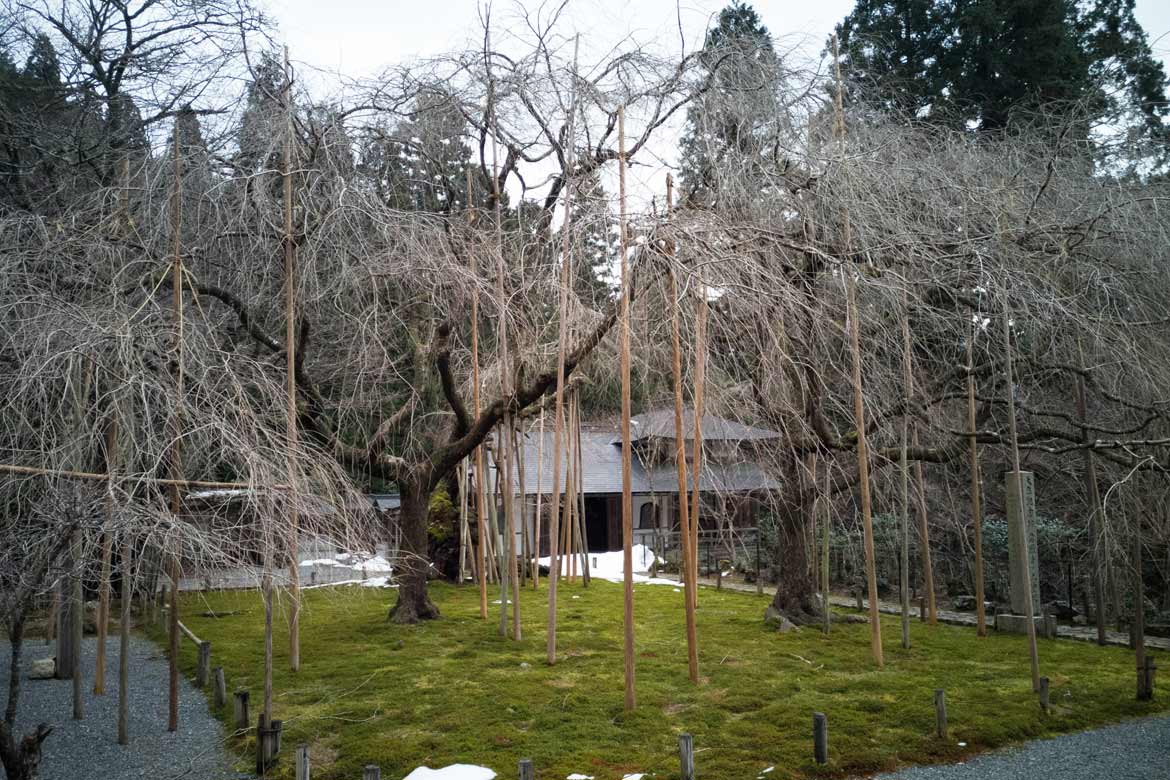
Cleaning – from a Japanese family’s point of view
In the evening we sat together and had a savorous soup, discussing our research topic, cleaning. We learned about spiritual aspects of cleaning in Shintoism, the god of the toilet – kawaya kami – and also how feng shui influenced Japanese architecture with particular theories of wind, flow and dust.
Moreover, we even had the opportunity to interview Feilang’s daughter about the cleaning practice at schools. She experiences cleaning as a way to develop teamwork and organization skills. Sometimes even parents seem to be invited to clean and the topic shifted to aspects of social pressure related to cleaning. It was a wonderful time and a great opportunity to get to know more about cleaning from a Japanese family’s point of view.
Next morning, when we woke up, it had snowed. The landscape had turned into a winter wonderland and we enjoyed breakfast while sitting at a kotatsu – a low wooden table with integrated heating, covered with a heavy blanket – , staring at the fairytale landscape.
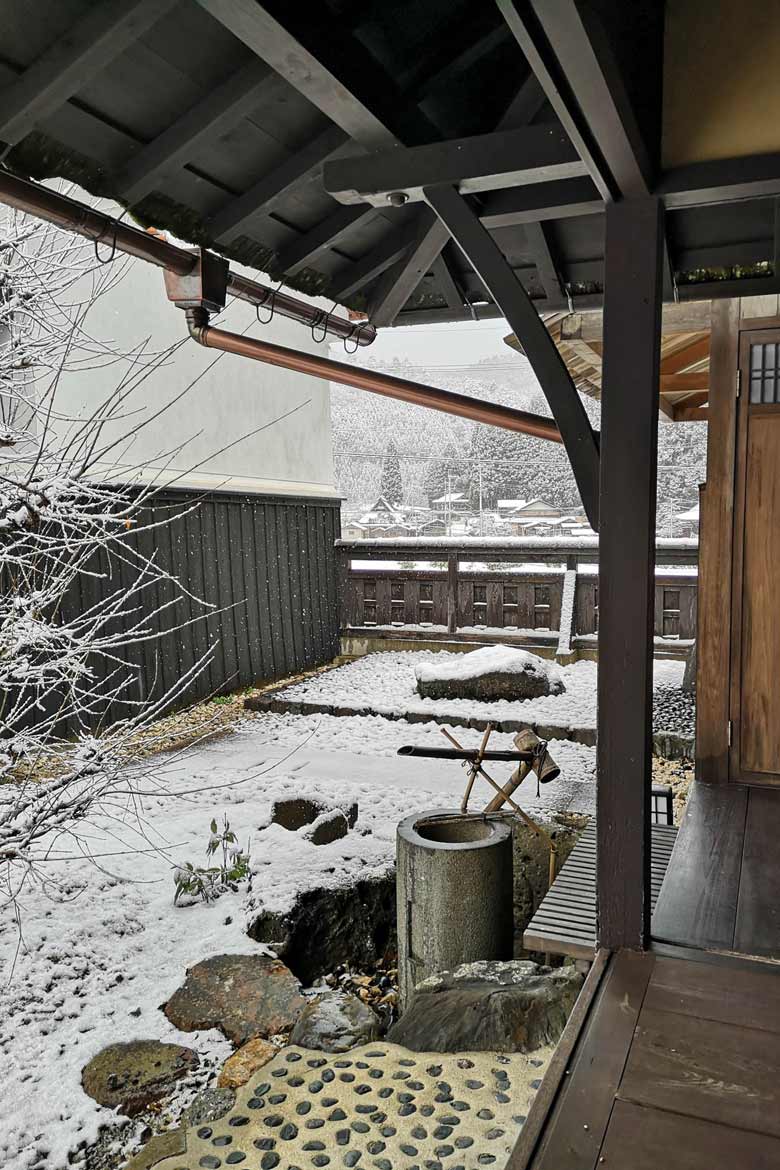
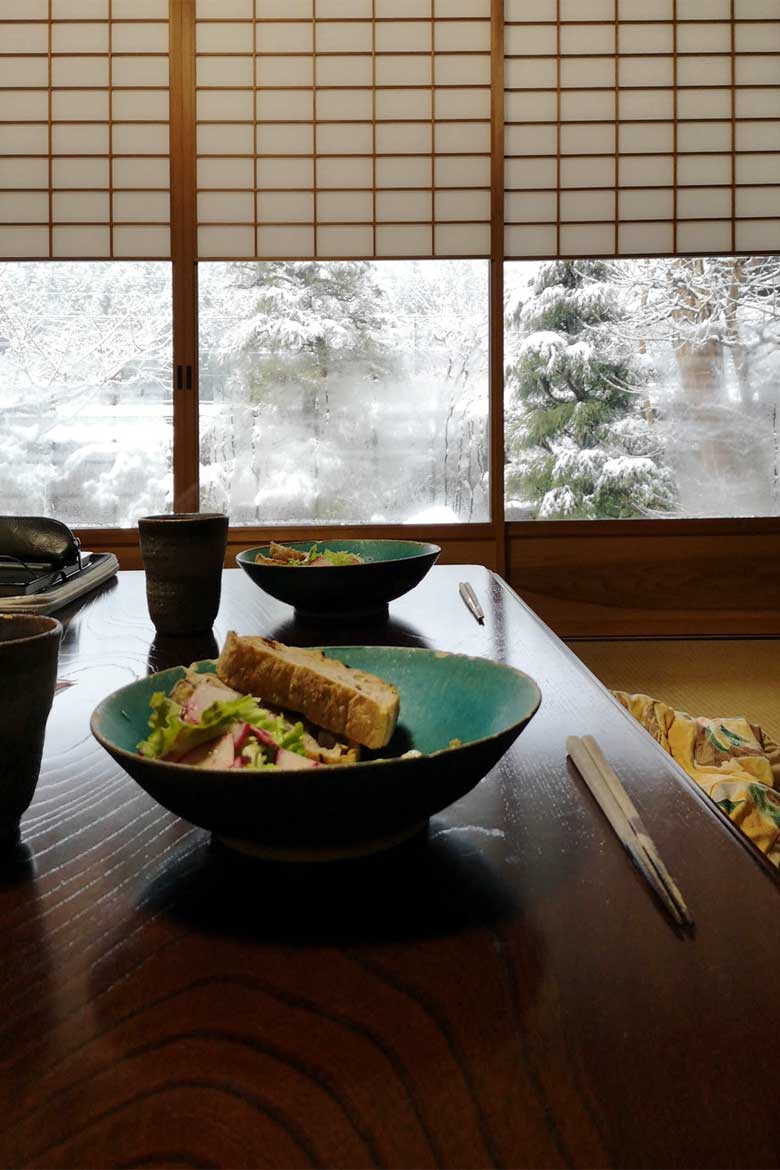
Back in Kyoto later that day, we moved into Villa Kamogawa, the German Goethe Institut. During our first days we met Isao, a friend of Naho and organizer of the Design Week Kyoto – Design Festival where we will have the chance to collaborate with a Japanese Ikebana artist.
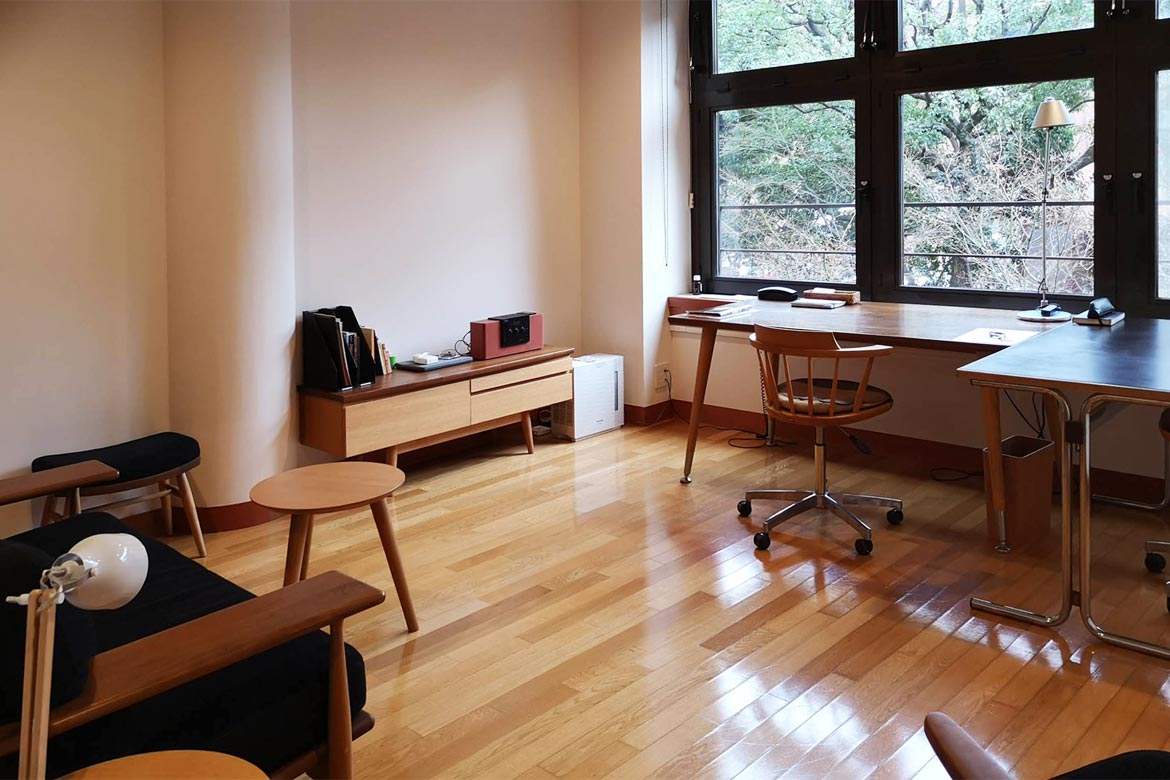
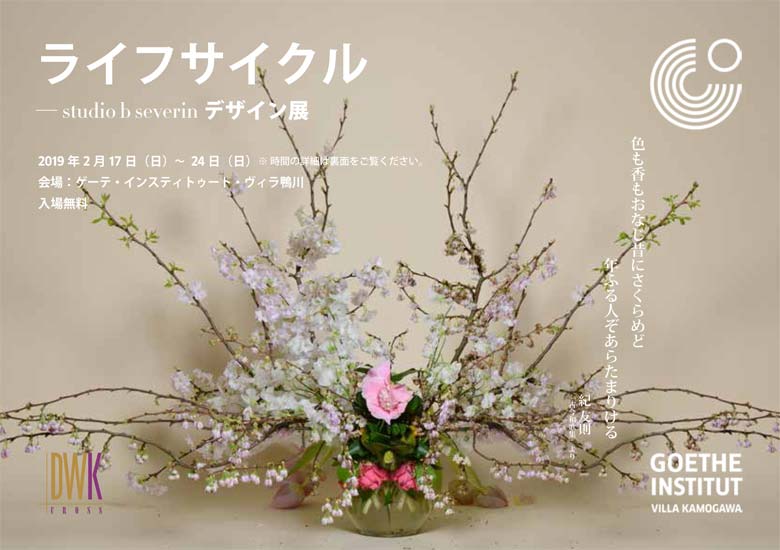
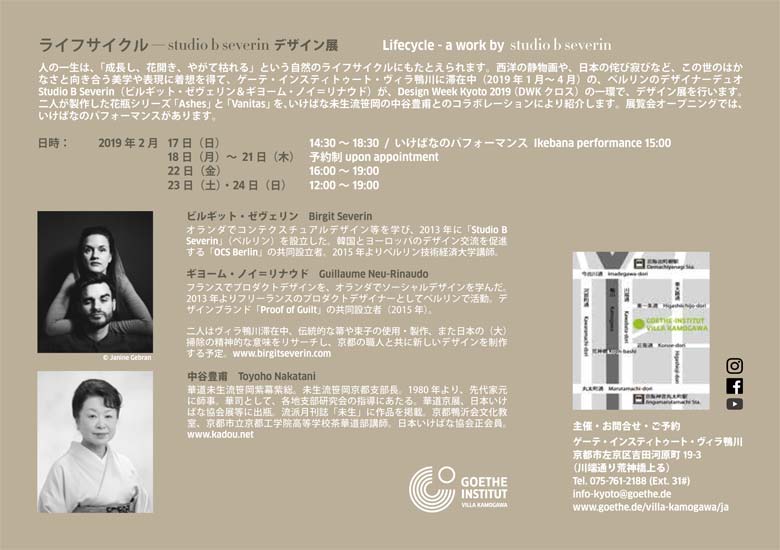
Suddenly: bamboo!
Isao connects craftsmen with designers and aims to promote Japanese crafts overseas. He introduced us to his friend Yuki Yokoyama who runs a company specialized in producing decorative handmade Bamboo solutions for architecture. Based on mutual sympathy we spontaneously decided to collaborate. So during the following months, Yuki will share with us his knowledge about bamboo: we will visit his forest and follow (learn about) the treatment and processing of bamboo. Our aim is to jointly develop a new project, the outcome of which we have yet to determine.
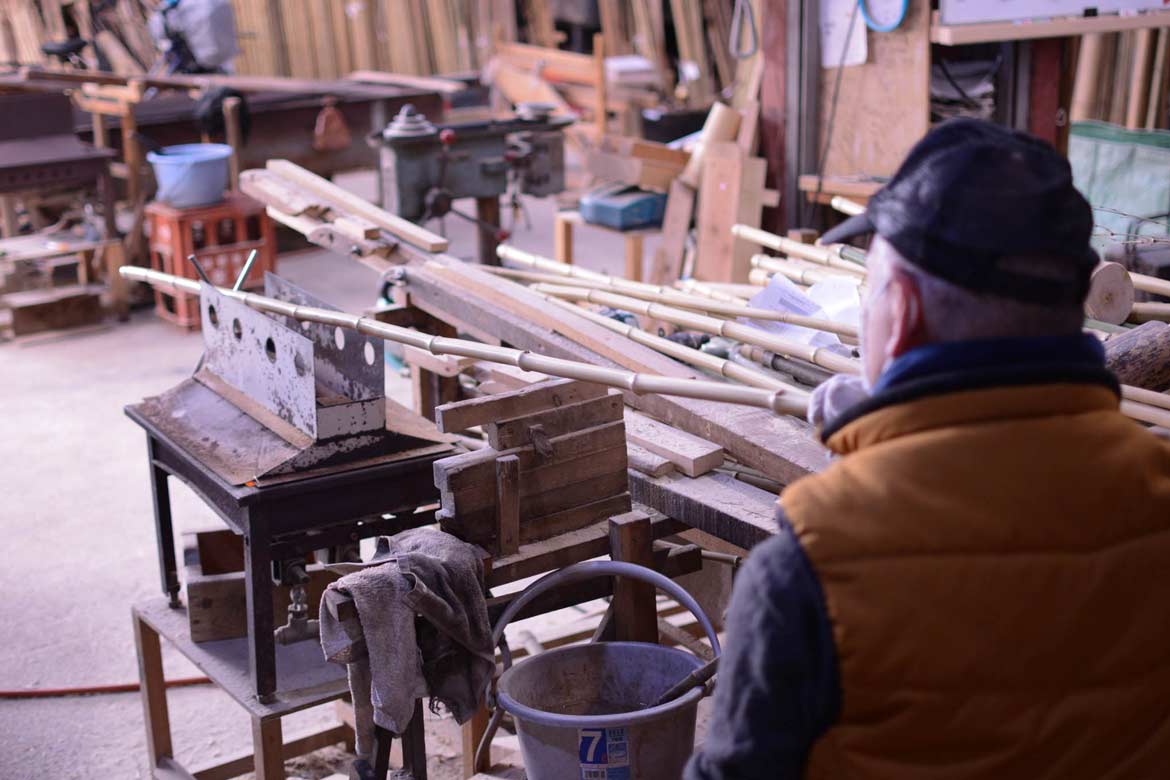
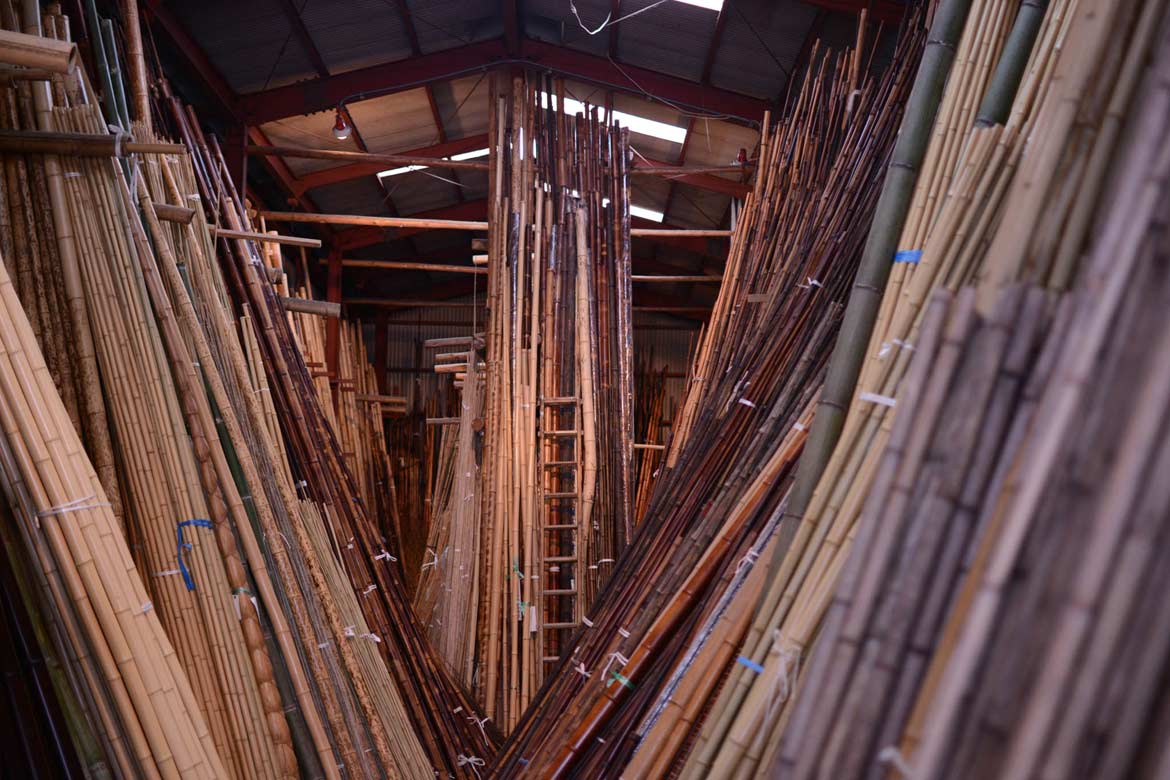
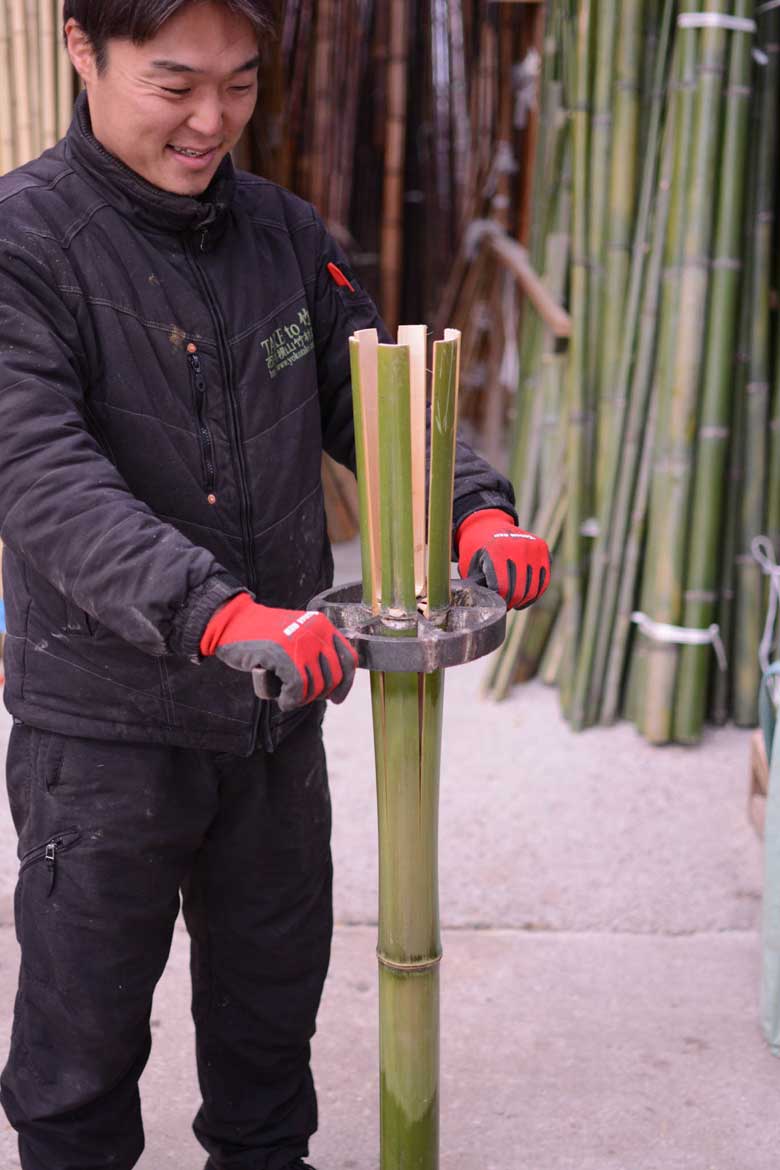
The following week, we met Feilang, Yukinori and Mitsuyasu Okamura at TRAFFFIC. We had very interesting discussions about design and discovered mutual interests and visions. Excited to share our thoughts and listening to their plans, collaboration possibilities emerged – specifically a potential project exploring Nagano’s traditional craft. I hope I can tell you more about it in my next update.
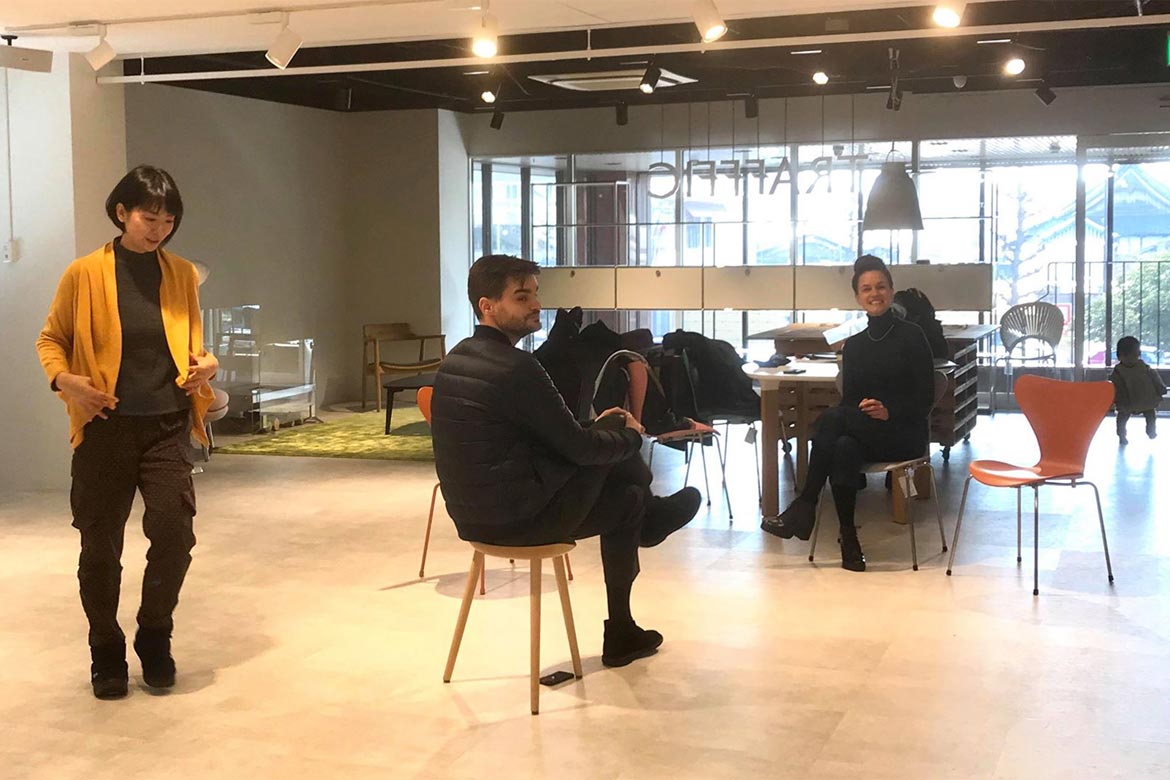
Thanks to NION’s partners in Japan we were able to establish a network of very interesting organizations and collaboration partners. We made tremendous progress in a very short amount of time, met people who enriched our thoughts as well as our work, and created connections that will outlast our three-months stay.

